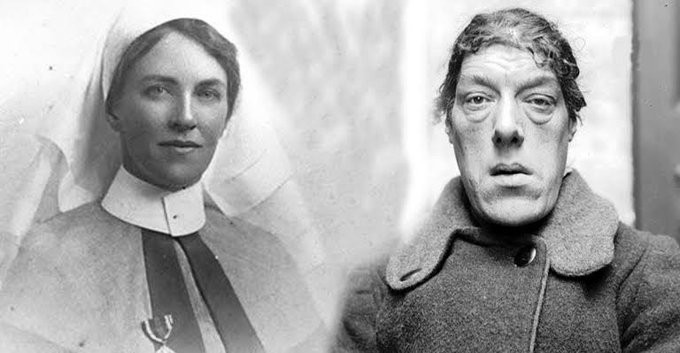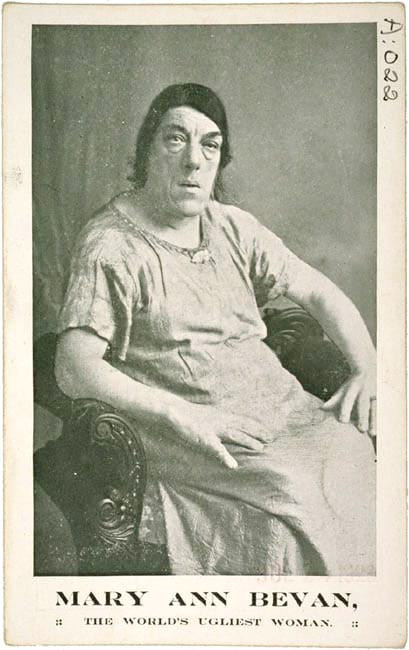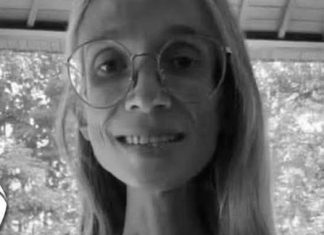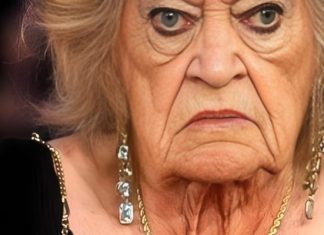The Life and Legacy of Mary Ann Bevan
Mary Ann Bevan’s journey through life represents a poignant tale of resilience, hardship, and determination in the face of overwhelming odds. Born in 1874 in London, her early years were largely uneventful, characterized by a standard upbringing and a commitment to service as she trained to become a nurse. However, her life took a devastating turn when she married farmer Thomas Bevan, and together they welcomed four children into the world. The familial joys were short-lived, as tragedy struck in 1914 with Thomas’s untimely death, thrusting Mary Ann into a reality filled with challenges.
Following her husband’s death, Mary Ann found herself in a precarious situation, tasked with the responsibility of providing for her children. Her attempts to secure employment were met with closed doors, as her physical abnormalities, which would later be diagnosed as acromegaly, led to widespread societal rejection. Labelled a “freak,” she faced the harsh realities of being marginalized in a society that valued beauty and conformity over character and resilience. This stigma left her feeling isolated and desperate for a means to support her family. The societal standards of the time often dictated a woman’s worth based on her appearance, making her battle even more daunting.
In a bold and unconventional move, Bevan decided to embrace her situation by entering an “Ugliest Woman” contest, which she ultimately won. This decision marked a significant turning point in her life. As she began to gain attention for her distinctive appearance, she also started to display more severe symptoms of acromegaly. Her hands, feet, and facial features underwent drastic changes, rendering her unrecognizable from her former self. Yet, in an era with limited understanding of such medical conditions, she continued to strive for a better life for her children. It can be noted that this decision, while controversial, was a strategy rooted in necessity; she saw an opportunity to turn her circumstances into a means of survival.
Mary Ann’s participation in various contests did not go unnoticed; it eventually led her to perform in sideshows across the country, including the notorious Coney Island’s Dreamland. While these performances granted her a semblance of financial stability, they also subjected her to relentless public ridicule. The very nature of freak shows in that era involved not just entertainment but the blatant exploitation of individuals who were seen as different. Despite the cruel moniker of the “Ugliest Woman in the World,” Mary Ann chose to endure the spectacle for the sake of her family. She exhibited an admirable strength, a willingness to sacrifice her dignity to ensure her children had a better future. Her ability to navigate this complex world of entertainment while maintaining her goals as a mother speaks volumes about her character.

As the years progressed, by the 1930s, Mary Ann Bevan had not only garnered international recognition but also cultivated a sense of financial independence. Her story became emblematic of the human spirit’s capacity to rise above and adapt, even in the face of extreme adversity. However, this journey came at a significant personal cost, as she navigated the complexities of fame intertwined with the societal stigma of her appearance. The very features that brought her attention also served as a reminder of her struggles. Bevan’s life is a testament to the fact that societal acceptance often comes with its own set of challenges. After years of performing and striving for her family’s welfare, Bevan passed away in 1933, leaving behind a legacy that continues to inspire.
Mary Ann Bevan’s life story serves as a powerful reminder of the challenges faced by those who are different and the profound strength that can emerge from adversity. Despite her struggles with societal acceptance, she remained a dedicated mother, driven by her love for her children. Her legacy is not merely one of hardship but also of determination and the will to rise above societal norms. This narrative encourages us to reflect on our perceptions of beauty, dignity, and the resilience that resides within all of us. The story of Mary Ann Bevan challenges us to embrace our unique qualities and to advocate for those who might be marginalized in our society.
Furthermore, Mary Ann Bevan’s experience raises essential questions about the societal constructs that define beauty and normalcy. Her unique appearance, stemming from a medical condition, highlights the often arbitrary nature of these standards. In a contemporary context, her story resonates with the ongoing discussions surrounding body positivity and the acceptance of diversity in all its forms. As society continues to grapple with issues of representation and inclusivity, Bevan’s life serves as a beacon of hope. It demonstrates that true strength lies not in conforming to expectations but in celebrating one’s individuality.
In conclusion, Mary Ann Bevan’s story is one of great significance, encapsulating the essence of human resilience. Her ability to transform a life marked by tragedy into one that inspired countless others is nothing short of remarkable. By choosing to confront societal prejudice head-on, she carved a unique path for herself and her family. Through her journey, we are reminded that every person possesses the potential to challenge societal norms and make a lasting impact. Mary Ann Bevan’s legacy continues to inspire those who feel different or marginalized, encouraging us all to stand firm in our identities and advocate for one another.

















